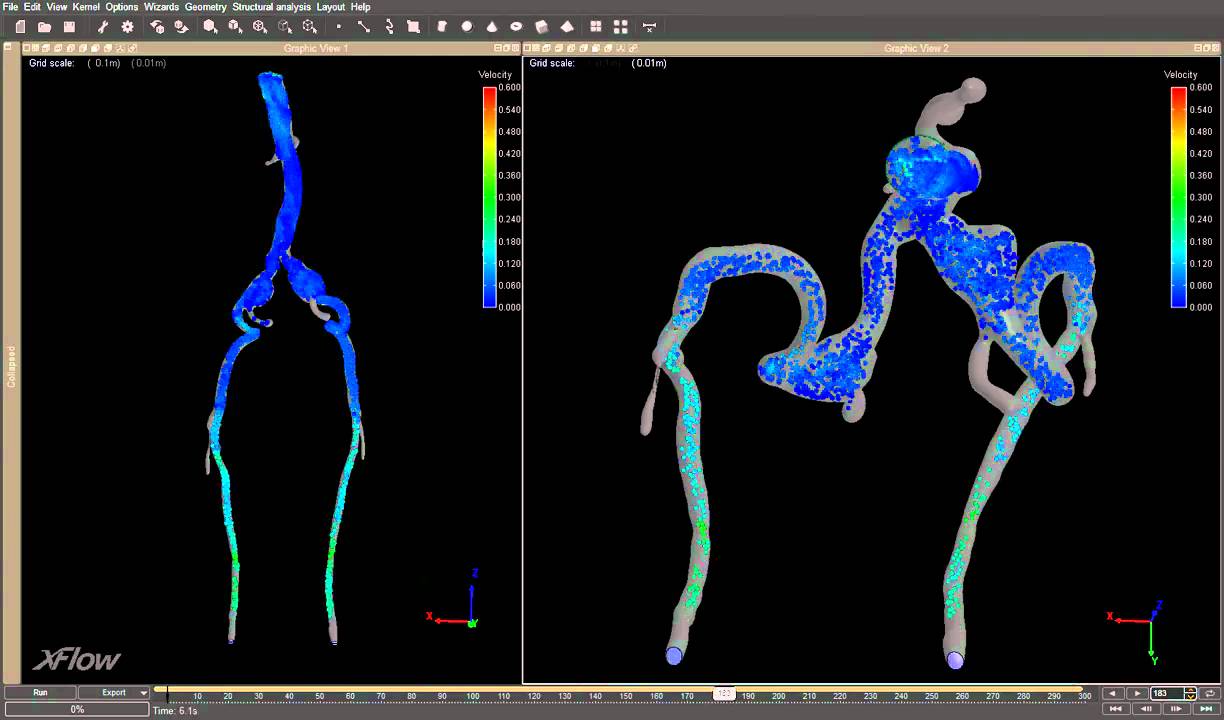ESR 9: Computational Design Methods and Interfaces for Scoliosis Brace Design
Early Stage Researcher: Kate Kardash
Host institution: Universidad Rey Juan Carlos (URJC, ES)
Supervisor: Prof. Miguel Otaduy, URJC
Clinical expertise: Dr. Aurélien Courvoisier, AnatoScope/CHU Grenboble
Further institution involved: AnatoScope (FR)
Objectives

This project will complement the inverse spine biomechanical modeling of ESR7, with computational design solutions for the design of scoliosis braces. The first objective will consist of classifying the fabrication parameters of braces, to develop a catalog of design operations. With this catalog, the second objective is to compute efficient transfer functions that relate fabrication parameters to spine shape and motion. The design catalog and the transfer functions will constitute the building blocks that enable the third objective, the design of editing interfaces to specify desired shape and motion, accompanied by efficient optimization methods that search the design catalog. These editing interfaces can be further enhanced with automatic identification of mappings between anatomical elements (e.g., functional and/or injured degrees of freedom), resulting postures and/or motion subspaces, and fabrication parameters.
Expected Results
Innovative tools for intuitive editing of scoliosis braces, relying on computational models of the connection between anatomical elements, posture and motion features, and fabrication parameters. The design tools will complement spine biomechanical models.
Planned research stays
- URJC (5 months): Design automated discretization methods from medical images and optimization methods based on reduced data-driven models.
- Anatoscope (3 months): Training on application and advanced fluid simulation.
- URJC (9 months): Design automated discretization methods from medical images and optimization methods based on reduced data-driven models.
- Anatoscope (4 months): Adoption of spatio-temporal adaptive interface tracking methods.
- URJC (8 months)
- Anatoscope (3 months)
- URJC (4 months): Final integration and thesis writing.
Further information of the project at URJC lab webdescription.
